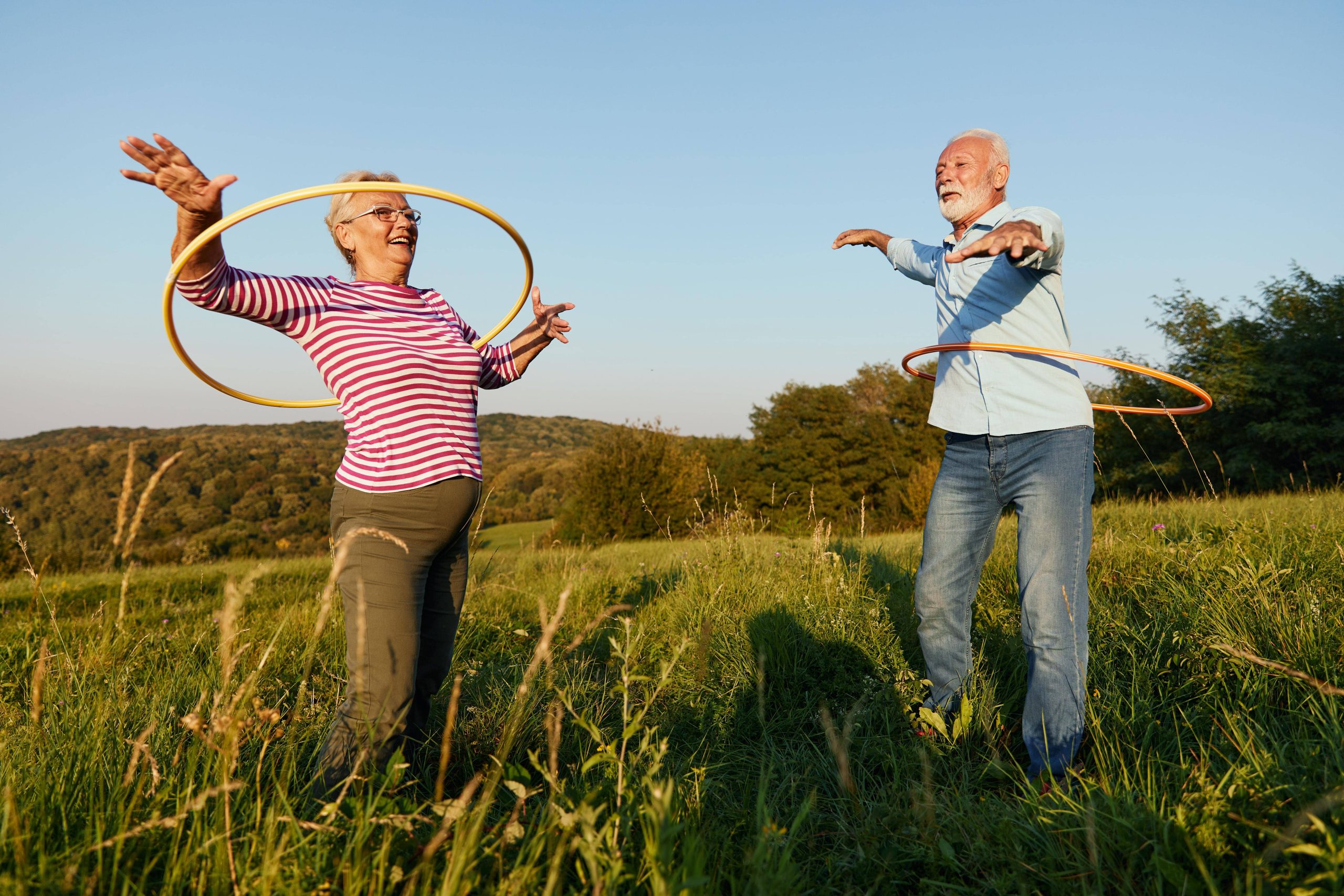
As we embrace the golden years, the perception of aging is rapidly shifting. No longer does reaching a certain age automatically mean slowing down or stepping back from life’s adventures. Instead, active aging encourages us to remain engaged, physically fit, mentally stimulated, and socially connected as we journey through our later years. As a health blogger focusing on active aging, I often encounter questions from both learners and instructors wondering how to effectively teach and engage those over 60. Whether you’re an educator, a volunteer instructor, or a family member looking to introduce new skills, here are five practical tips for teaching active agers.
1. Understand the Importance of Individualized Learning
When teaching active agers, it’s important to recognize that everyone is on their unique journey with different learning styles, interests, and pace. Individualized learning acknowledges these differences and tailors the educational experience accordingly.
To start, take the time to get to know your learners. What are their interests and goals? Are they keen to learn a new language, delve into art, or perhaps gain digital literacy? Understanding what drives each individual helps in designing lessons that resonate personally, making learning both relevant and enjoyable.
In practical terms, this means taking a flexible approach to lesson plans. Have a robust set of materials and teaching methods ready, but remain open to adapting as needed. Encourage input from your learners, asking for feedback regularly and adjusting your teaching style to meet their needs. This adaptability not only facilitates better learning outcomes but also fosters a sense of empowerment among active agers as they see their unique preferences and needs being acknowledged.
2. Foster a Collaborative Learning Environment
Active agers often bring a wealth of life experience and knowledge to the table. Harnessing this collective wisdom can enrich the learning experience for everyone involved. Encourage a collaborative learning environment where participants feel comfortable sharing their insights, asking questions, and supporting each other.
One practical way to implement this is through group activities or discussions. For instance, if teaching a technology course, pair learners to solve problems or research topics together. This collaboration enhances understanding and retention while also building social connections—an essential component of active aging.
Additionally, consider incorporating peer teaching elements. Sometimes, seeing a peer successfully master a task can inspire others, and the act of teaching can reinforce the peer instructor’s own knowledge. Creating a community of learners contributes to a supportive learning ecosystem that benefits everyone involved.
3. Embrace Technology to Enhance Learning
In today’s digital age, technology offers significant opportunities to enhance learning experiences across all age groups, including active agers. However, it’s key to introduce technology in a way that feels empowering rather than intimidating.
Start by assessing the current level of digital literacy among your learners. Some may be comfortable navigating various devices and platforms, while others may require a more foundational approach. Introduce new tools gradually and ensure plenty of opportunities for practice. Step-by-step tutorials, visual guides, and patient demonstrations can be particularly helpful.
Integrate technology seamlessly with practical applications. For instance, if teaching a photography class, show learners how to use their smartphones not only to capture photos but also to edit and share them digitally. By contextualizing technology use, you make it relevant and applicable to real-life situations, enhancing learners’ skills and confidence.
4. Encourage a Growth Mindset
A growth mindset—the belief that abilities and intelligence can be developed through dedication and hard work—is a powerful philosophy that can significantly influence learning at any age. For active agers, fostering a growth mindset can help overcome self-doubt and build resilience in the face of new challenges.
Promote this mindset by encouraging learners to view challenges as opportunities for growth rather than obstacles. Celebrate progress, no matter how small, and emphasize the value of effort and persistence over innate talent. Share stories of individuals who embraced learning later in life and found success in unexpected ways.
As an instructor, model a growth mindset yourself. Demonstrate openness to feedback, continually seek out your own learning opportunities, and be transparent about any mistakes you make. This openness fosters a culture of learning and experimentation, reducing fear and encouraging engagement.
5. Encourage Physical Activity and Mindfulness
Active aging is not solely about keeping the mind sharp—physical health plays a key role as well. When teaching active agers, incorporate elements that encourage physical activity and mindfulness, both of which contribute to overall well-being.
If possible, embed short physical activities or relaxation exercises into your sessions. Simple stretching, breathing exercises, or mindful movement breaks can boost attention and energy levels, creating a more dynamic and effective learning environment.
Furthermore, emphasize the importance of holistic health, including the balance of body, mind, and spirit. As you teach, integrate discussions about nutrition, mental wellness, and the benefits of maintaining a physically active lifestyle. This comprehensive approach underscores the interconnected nature of health and education, motivating learners to take charge of all aspects of their well-being.
Final Thoughts
Teaching active agers is a rewarding and enriching experience, one that offers the opportunity to learn as much as you teach. By understanding and respecting the unique needs and perspectives of older learners, fostering collaboration, leveraging technology, and promoting a growth mindset and physical well-being, you can create a positive and impactful learning environment.
As the movement for active aging continues to gain momentum, the role of educators is vital in helping all of us redefine what it means to age well. By nurturing a culture of curiosity, adaptability, and support, you’ll be empowering active agers to continue learning, exploring, and thriving. After all, life is a journey best shared, no matter what stage we’re in.











